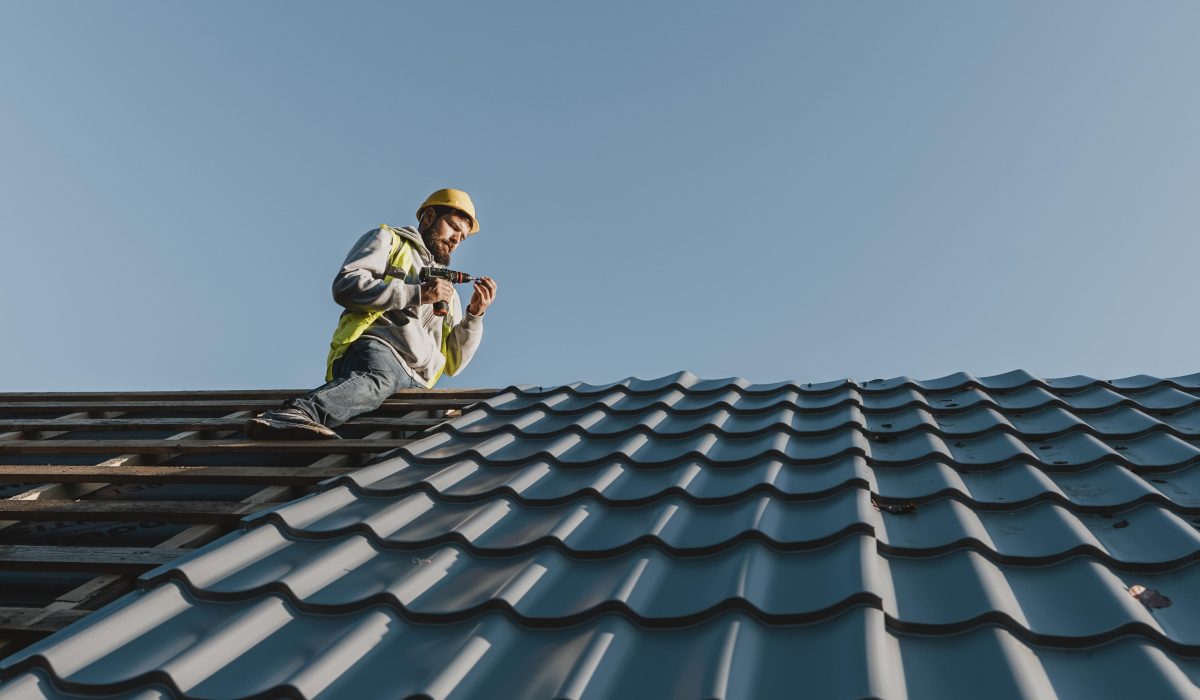What is Roofing Square and How is It Calculated?
Roofing squares are units of 100 square feet of roof area, essential for accurate material estimation and planning. Calculating them begins by measuring the roof’s length and width in feet, multiplying by the total square footage, and then dividing by 100 to determine the number of roofing squares. Factors such as roof pitch and material type influence the final calculation.
An experienced Miami roofing company can provide precise measurements to ensure projects stay on budget and materials are correctly ordered. Understanding roofing squares helps streamline planning, minimize waste, and maintain efficiency throughout a roofing project.
Definition of Roofing Square
In roofing, a roofing square represents 100 square feet of roof area. This measurement simplifies the process of estimating the materials needed for a project. For example, a roof covering 1,200 square feet would require 12 roofing squares.
Using this unit enables contractors, suppliers, and clients to communicate effectively and minimize errors. Proper knowledge of roofing squares ensures accurate ordering of materials and smoother project execution, forming a reliable foundation for successful roofing work.
Understanding the Measurement
Measuring roofing squares requires recognizing how they translate to actual roof area. Accuracy is key because even small errors can lead to shortages or excess materials. Consistency in measuring different sections of the roof ensures materials are evenly distributed.
Verifying calculations by double-checking measurements helps prevent mistakes that could affect project timelines and costs. A clear understanding of roofing squares is vital for maintaining efficiency and quality throughout the roofing process.
Factors for Calculation
Several factors influence roofing square calculations. Roof pitch affects the total surface area; steeper slopes require more material to cover the same area. A waste factor accounts for material lost during cutting or accidental damage, ensuring enough supplies are available.
Material type also impacts the calculation because different roofing products vary in size, coverage, and installation needs. Taking all these elements into account allows contractors to accurately determine the number of roofing squares and the materials necessary for the project.
Simple Calculation Steps
Calculating roofing squares starts with measuring the roof’s length and width in feet. Multiply these measurements to determine the total square footage, then divide that number by 100 to find the roofing squares needed.
This straightforward method provides a reliable basis for estimating materials, labor, and project costs. Accurate calculations prevent shortages or over-ordering and help maintain efficiency in roofing operations.
Real-life Example
In a recent project, an initial visual estimate suggested the roof required 30 squares. After taking precise measurements, it was found that 35 squares were necessary. This difference significantly affected material requirements and overall project costs.
Such examples illustrate the importance of careful measurement and calculation, ensuring projects remain within budget and are completed successfully. Accurate roofing square calculations are vital for both financial planning and project reliability.
Importance in Roofing Projects
Accurate roofing square calculations play a major role in project success. They allow contractors to order the correct amount of materials, minimizing waste and unnecessary costs. Proper calculations also help estimate budgets more precisely and reduce the risk of delays caused by insufficient materials.
Consistently accurate measurements contribute to smoother project execution, cost efficiency, and higher-quality results. Prioritizing precise calculations from the beginning helps ensure that roofing projects meet both practical and financial goals, making the entire process more predictable and reliable.
Related Topics:


2 Comments
Comments are closed.